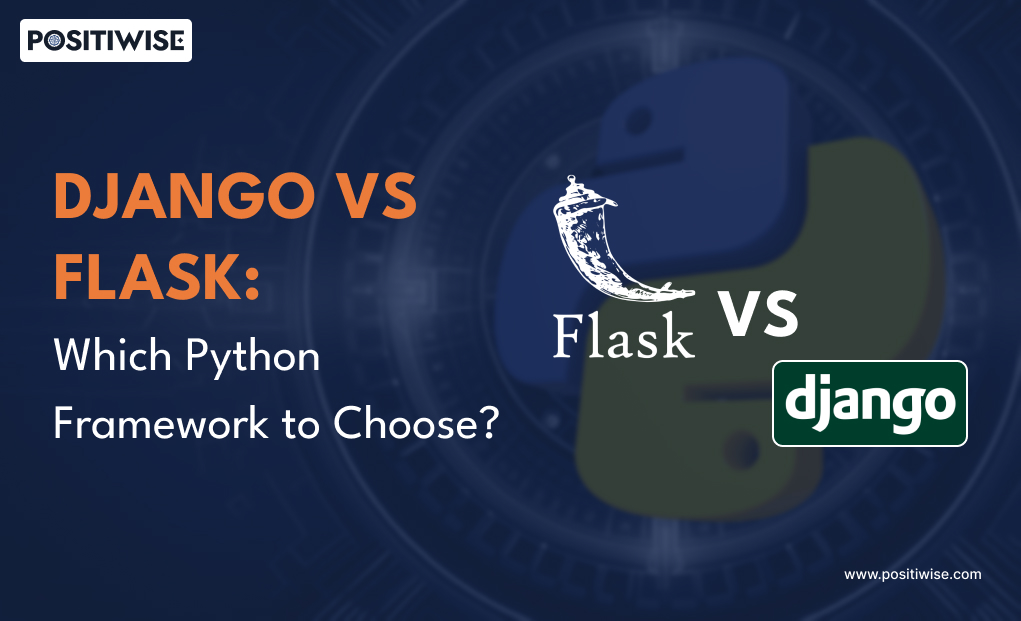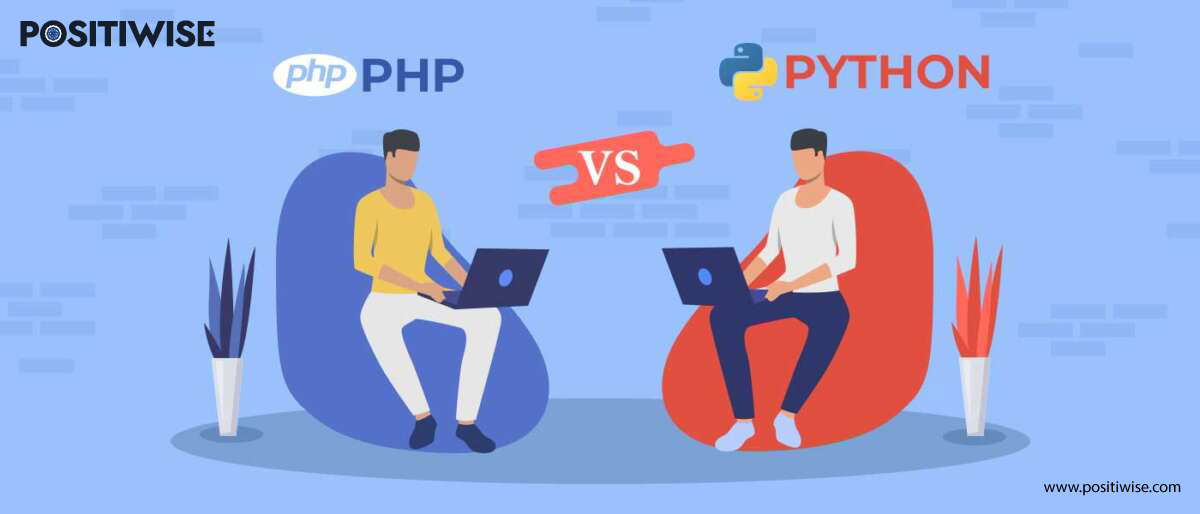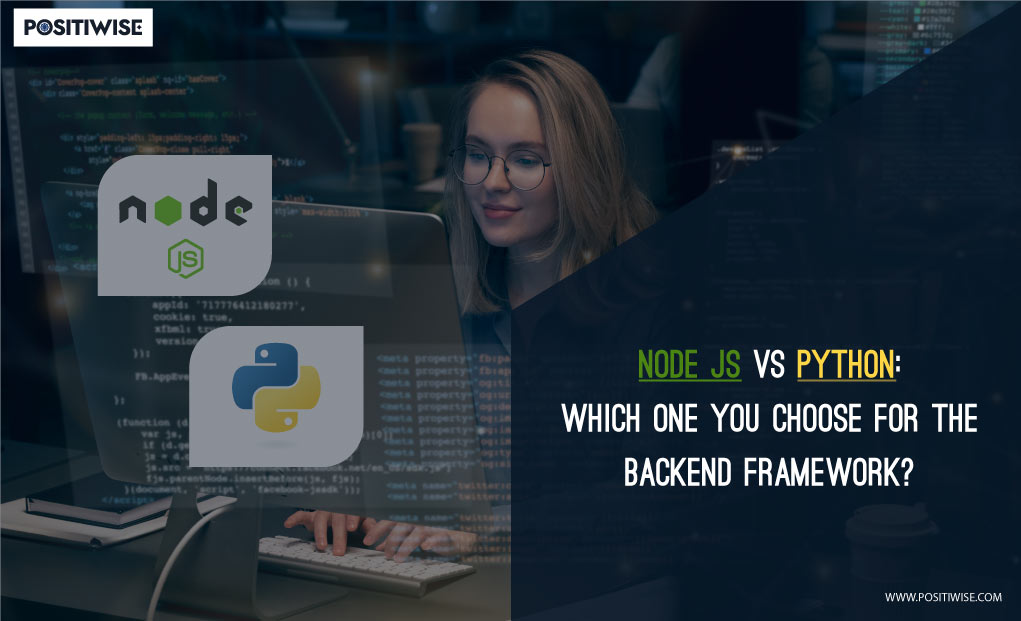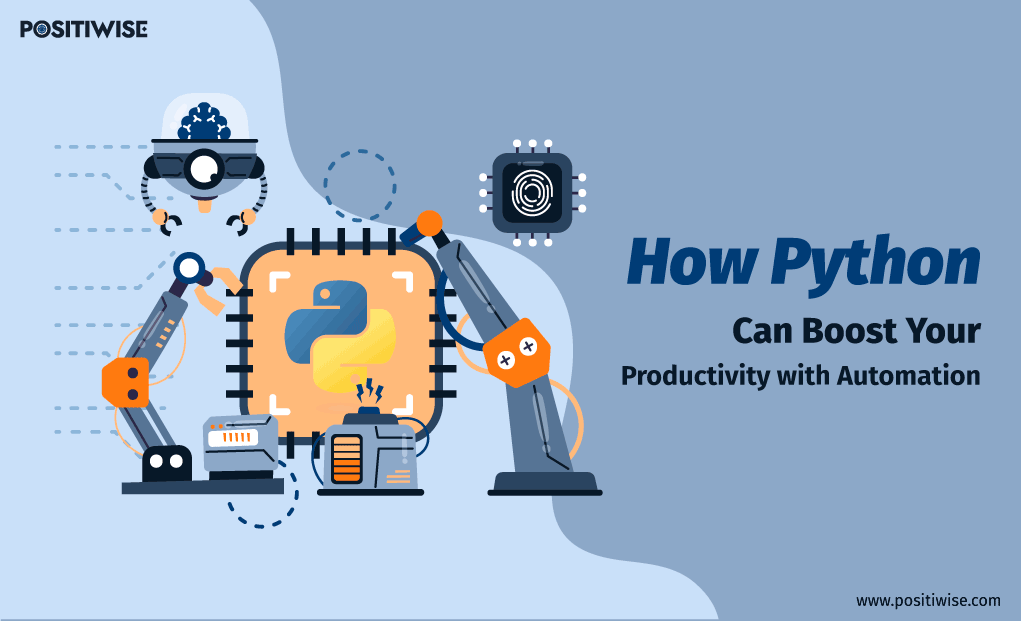Quick Overview:
The blog helps you find a reliable Python web development framework between Django and Flask. Firstly, an overview of both technologies is offered, including their key features, pros, and cons. Further, Django vs. Flask differentiation is conducted on the basis of their performance, scalability, flexibility, security, and many other factors. In addition, a tabular differentiation is also offered for quick understanding.
Django vs Flask: Which Python Framework to Choose?
When it comes to Python web development frameworks, there are plenty of them on the list. However, Django and Flask are the two most popular. They are highly used and known to professional Python developers. Even global companies utilize them to support their business-critical applications.
However, when a Python team has to choose one between Django and Flask, it creates quite a complexity. The Django vs Flask discussion has been going on for a long time, but not more. Here, we have provided a clear differentiation between the two frameworks, helping you efficiently find the right one for your project.
What is Django?
Django is a framework associated with Python programming language. It’s used for creating small to large-scale enterprise applications, ensuring a clean and well-structured design. In addition, Django is considered ridiculously fast and robustly secure. Mainly, it functions on the principles of MVC architecture, which also makes Django development easy for developers.
Features of Django
The key Django features are as follows:
- It provides Object-Relational Mapping for enabling communication with databases using Python instead of SQL queries.
- By default, an admin interface is generated to help define models and maintain records.
- For defining a clean URL pattern, declarative URL routing is available.
- The authentication and authorization controls are built-in for stronger security.
- Developers get the in-built modules for creating test cases and verifying the overall functionality of the application, including the integrated databases.
Django Pros and Cons
Below are the advantages and disadvantages of Django
Pros
- Built-in internationalization features
- HTML Page Support
- Secure and scalable framework
- Offers an admin interface for easy app management
- Complete documentation is available for quick and easy development
- Supports affordable development, as most of the required features can be implemented without third-party components.
Cons
- Works only on monolithic architecture
- Intermediate Python knowledge is required to use Django
- Larger codebase
- Not compatible with all databases
What is Flask?
Flask is also a development framework associated with Python programming language. It’s mainly used for creating small-scale web applications due to its lightweight architecture and ability to support minimal operations. In addition, it requires only a significant resource to get started with and doesn’t need any special configuration to run.
Features of Flask
- It has a lightweight architecture, making the application loads and run faster.
- Built-in tools are available for unit testing and easy debugging.
- It can be deployed on a microservices architecture for better performance.
- It provides a secure cookies feature to support user protection.
- It’s way more flexible than Django and enables you to integrate as many extensions as you want.
Flask Pros and Cons
Below are the advantages and disadvantages of Flask
Pros
- Small codebase, providing faster execution
- Perfect framework for small-scale projects
- Easy to implement and allows quick third-party integrations
- More flexible than the Django
- Affordable development and maintenance
- Compatible with all kinds of database management systems
Cons
- Depends on third-party extensions for implementing significant functionalities
- Lack of built-in security controls to prevent unauthorized access
- Lacks the tools to create Minimal Viable Products
- Not considered a reliable choice for creating large applications
Django vs Flask: Head-to-Head Comparison of Python Backend Frameworks
In this section, Django and Flask Python web development frameworks are differentiated on the basis of their performance, security, flexibility, scalability, testability, and some other factors. Undergoing this will help you provide better clarity about both frameworks and help you choose the right one for your project.
1: Speed and Performance
Speed and performance are the two main factors, that you should consider while choosing a Python web development framework. Both Django and Flask offer a high performance. However, to take advantage of their exceptional speed, there are some conditions that should be met.
Flask is a lightweight framework that is preferred for small-scale app development. Also, in comparison to Django, fewer lines of code are required to implement logic with it. Due to this, the compiler and the server execute their operations faster, providing the expected results.
On the other hand, more lines of code are written for Django and its used for large-scale apps, making the server take more time to process it. Therefore, according to their use case, both frameworks offer a reliable speed, which is required by the firms.
2: Development and Maintenance Flexibility
In the terms of flexibility, Flask is considered a winner by numerous Python professionals. When you use Flask, you don’t have any boundaries when using third-party components and databases. It provides the liberty to choose your own set of tools and customize it according to the requirements.
In comparison, Django comes with a set of tools and defined limitations. It allows integration of only eligible libraries and add-ons. But, it’s because the Django built-in tools are capable of supporting every business operation and achieving defined metrics.
Therefore, if you want flexibility in using third-party components, then Flask must be your choice; otherwise, Django.
3: Testability
Whenever an application is created, it has to undergo the testing phase to ensure that its functionality, compatibility, and performance are achieving the required results. Mostly, frameworks are tested using third-party tools, but this is not the case with Flask and Django. Both the Python backend frameworks offer in-built unittest module testing support.
In addition, you can also use the by-default available functions to send HTTP requests to validate the working between the server and client device. However, the main difference comes at the database testing level.
If your Flask components are associated with the databases, you need to use an external tool. But, Django is more advanced and automatically generates separate test case for databases.
4: Learning Curve
Many companies, offering Python development services consider Django an easy to learn and work with framework. Django is a complete package in itself, containing the documentation, authentication, ORM, and all other required components. A Python developer can quickly get hands-on with this framework, as there’s no need to learn about additional libraries.
But Flask is quite the opposite. It uses more third-party components, making the developers constantly learn about third-party components. If you hire a new team member in the middle of the Flask project, it will take them more than average time to comply with the current progress.
Therefore, in terms of a learning curve, Django is easy to understand.
5: Database Compatibility
As you know Django limits the development flexibility and because of that reason, it’s compatible with only the following database management systems.
- PostgreSQL
- MariaDB
- MySQL
- Oracle
- SQLite
Although you can use another database system, the probability of seamless compatibility and working is quite low. Due to this, Python developers are only considering using the mentioned databases with Django.
Further, with the Flask framework, you can utilize any of the databases of your choice. It’s highly flexible and can become compatible with all the following databases.
- All databases supported by Django
- Flask-Pony
- Flask-Peewee
- SQLAlchemy
- NoSQL
- Flask-PyMongo
- Redis
- Cassandra and more
6: Scalability
Both Django and Flask are scalable and can be used for a business with a growing user base and dynamic needs.
The entire Flask code is divided into different chunks, and each one of them works independently. It means that you can modify a single chunk without impacting the others. In addition, Flask apps can be deployed on a local as well as a public-facing server according to the business needs.
Furthermore, Django is quite similar to Flask in terms of scalability. Its components can also be scaled individually and at any level. Moreover, Django has an added benefit, which allows for clustering and load balancing using the built-in features. And with these extra leverages, Django is preffered more for building scalable solutions.
7: Security Features
As for the security aspect, both Flask and Django have pros and cons. On one side, they both look tightly secured; on the other side, they impose a characteristic of being vulnerable. Have a brief look at them both.
Django security
- It offers built-in components to implement SSO, LDAP, and multi-factor authentication.
- It comes with an admin interface, helping to securely manage website content.
- As compared to Flask, more code is written for Django apps, which increases the attack surface and possibilities to impersonate.
- Third-party security controls can be configured to maintain data security.
Flask security
- Fewer code is written for Flask development, which decreases the attack surface and reduces the possibility of attack.
- More third-party extensions are used, making the application vulnerable. If any of the third-party components are not secured, an attacker can exploit them and gain unauthorized access.
#8: Deployment Architecture
Flask and Django Python backend frameworks are deployed on completely different architectures. Python professionals prefer Django deployment on a monolithic architecture, as its entire codebase is developed as one. However, you can differentiate the services internally, but deploying them on a distributed architecture is a task.
On the other hand, Flask is mostly deployed in a microservices architecture. It’s integrated with third-party databases and services that can run on a different server without needing any additional support. You can connect the Flask app to multiple individually running services through APIs. This will help you easily modify them without impacting the entire application.
But, before deploying on any of the architecture, you should know about microservices and monolithic architecture.
Get Expert Python Development Services for Your Project
Seeking for top-notch Python development company? Our proficient Python developers are poised to transform your ideas into reality.
Tabular Differentiation of Python Web Development Framework
Following a brief Django vs Flask differentiation, helping to undergo all the contrasting factors in one go.
| Basis | Django | Flask |
|---|---|---|
| Development Cost | Vary from US$35 to US$60/hour. You can choose a monthly or any other engagement mode by collaborating with a Python development company. | Vary from US$30 to US$50. By availing yourself of Python development services, it can be reduced, or you can choose another engagement model. |
| Scalability | Highly scalable for large applications. | Scalable for small to medium-scale apps. |
| Security | Provides built-in authentication, authorization, and other controls, helping to prevent XSS, CSRF, and more such attacks. | Security depends on the usage of third-party extensions and logics implemented by the developers. |
| Preferred Deployment Architecture | Monolithic architecture | Microservices architecture |
| Primary Use Cases | – Web development – CMS development – E-Commerce development – Social media apps – API Development – Healthcare apps – Enterprise Information – Systems Collaborative Tools – Data Analytics platform | – Web apps – RESTful APIs – MVP Products – Microservices – Data Visualization Dashboards – CMS system development – Online Forms and Surveys – E-Commerce apps – Blog websites – IoT systems – Real-time apps |
| API Support | It doesn’t support APIs. | It supports all significant APIs. |
| Average Response Time (In case of a remote server) | 3477 milliseconds | 3344 milliseconds |
| Data Loading and Render Time | 2904 milliseconds | 1440 milliseconds |
| Learning Time | 4 to 6 weeks (Depends on the Python proficiency) | 2 to 3 Weeks (Depends on the Python proficiency) |
Concluding Up: Which Python Backend Framework Should Be Used?
Both Django and Flask are quite popular Python development frameworks. They can be used to create all significant applications, such as web apps, CMS systems, e-commerce solutions, and more. You can utilize them per your requirements, as there are no fixed protocols for using any of the framework.
Although, it’s always preferred to consult with a Python development company before choosing a development technology. Rest all depend on your personal preference and project needs.
Expert in Software & Web App Engineering
Parag Mehta, the CEO and Founder of Positiwise Software Pvt Ltd has extensive knowledge of the development niche. He is implementing custom strategies to craft highly-appealing and robust applications for its clients and supporting employees to grow and ace the tasks. He is a consistent learner and always provides the best-in-quality solutions, accelerating productivity.






